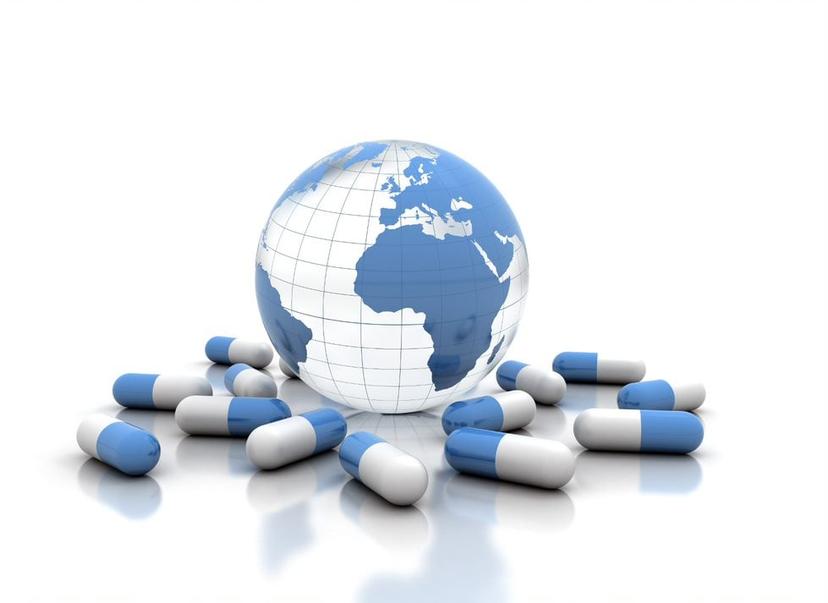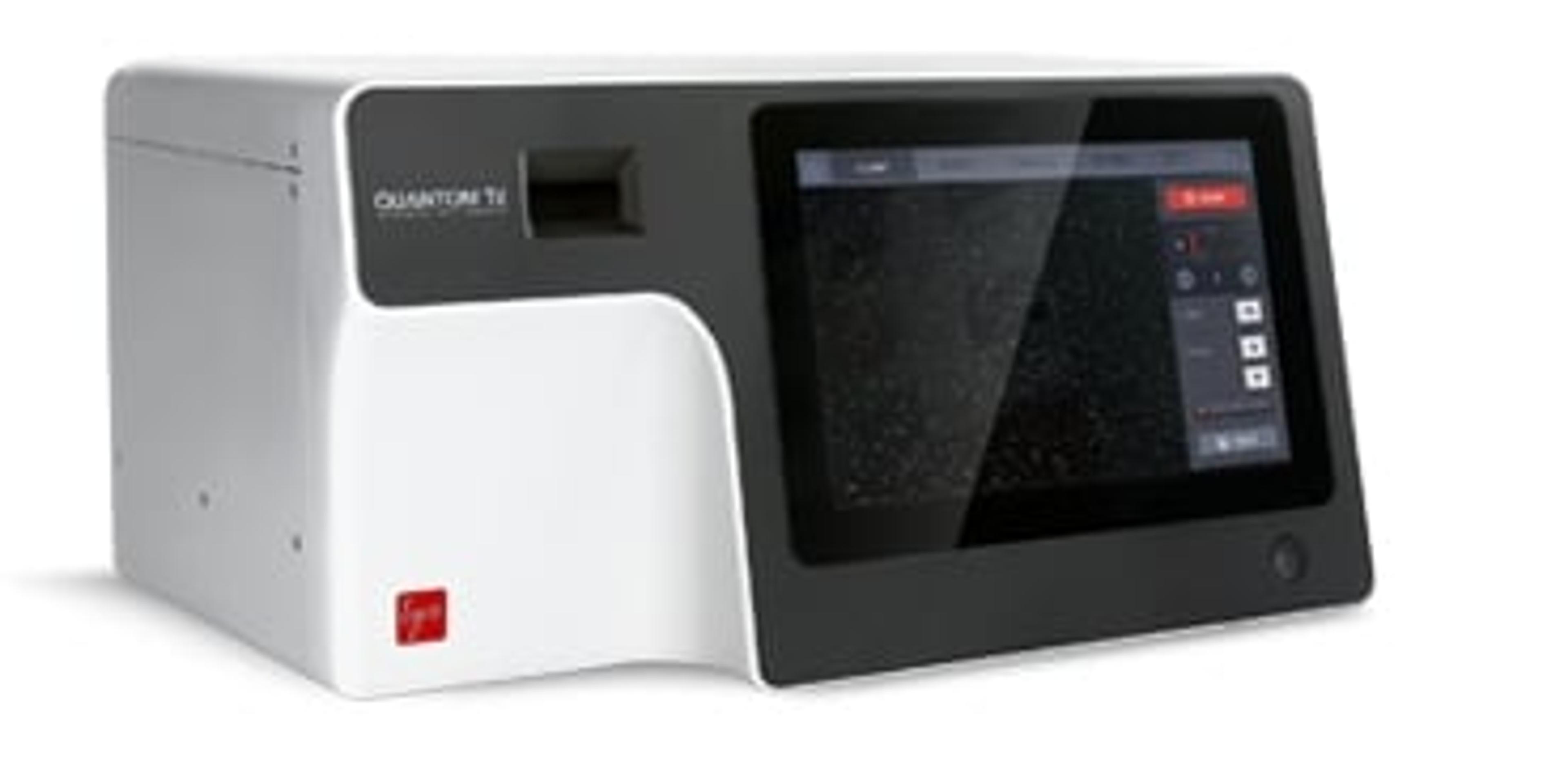Using bacterial cell counting to spur next-generation antifungal drug screening
Find out how the latest advances in multi-omics are being applied to the development of next-generation antifungal therapies
6 Oct 2021
According to an estimate in 2017, a billion people globally are affected by fungal diseases, with over 1.5 million losing their lives to them1. The increasing resistance to antifungal agents reported over the years has only exacerbated the problem2. The R&D team at AmtixBio, a Korean venture company, hopes to solve this issue using molecular biological and genetic approaches. Dong-Gi Lee, the senior researcher leading the AmtixBio research and development team, tells SelectScience® more about his team’s work on antifungal drug development, spanning from basic to clinical research.

What are AmtixBio's overall goals and research areas of interest?
DGL: Fungal infections are potentially fatal conditions that can indiscriminately affect a wide-spanning population. However, today, there are limited treatment options available in this space. At AmtixBio, we aim to develop innovative antimicrobial agents based on novel drug targets, which include anti-fungal, anti-bacterial, and anti-viral agents, to tackle the issue of increasing antimicrobial resistance and to build sustainable resilience against microbial infectious diseases. Our current research focus at AmtixBio is on bringing our first-in-class, next-generation antimicrobial drug candidates successfully to clinical trial stages.
Why is cell counting an important technique for multi-omics?
DGL: Antifungal drugs aim to kill fungi, or at the very least, slow down their growth. When we screen our candidate drugs, we need to measure the microorganism inputs and outputs from our experiments. We do this by counting cells.
Our experimental protocols also tend to vary, from using low to very high volumes of cells in batches. This makes it crucial that we have control over the precise cell numbers in each individual experiment. Reliability in cell counting is essential for successful antifungal (and general antimicrobial) drug development.
How do you use the QUANTOM™ Tx Microbial Cell Counter in your work and what are its benefits?
DGL: We use the QUANTOM™ Tx Microbial Cell Counter from Logos Biosystems in our high-throughput antifungal drug screening experiments as these require fast, precise, and reproducible cell counting. We chose the QUANTOM™ Tx because not only was it able to optimize and automate our processes, it was also easy to use.
While most of the work we do, using the QUANTOM™ Tx Microbial Cell Counter has been for anti-fungal development, so utilized non-mammalian cells, we are also interested in drug development in the anti-inflammatory space. These experiments use a mammalian cell base instead, so to facilitate this work, we reached out to Logos Biosystems to check if our existing LUNA system could be adapted to screen drugs on these mammalian cells as well. Logos Biosystems was prompt in response to our query, and they helped in quickly developing an instrumental setup that could support our mammalian screening work as well.
What are the intended impacts of your work on research, the clinic, and patients?
DGL: Today, even in most countries where there is access to antifungal treatment, the available therapies can be quite expensive. In lower- to middle-income countries, especially in Asia or Africa, this price tag means that these diseases often remain untreated which can lead to severe consequences for the patient, even resulting in death.
The big picture impact we want to see at AmtixBio is really improving recovery and survival rates for fungal and microbial diseases worldwide. We want to expand access and affordability of antifungal treatments for people who need them.
AmtixBio will soon complete preclinical studies on some of our antifungal drug candidates, including a promising candidate we have for treating onychomycosis (a fungal infection of the nails), aspergillosis, and mucormycosis. We should be on track to start clinical trials by November, and we hope to commercialize our drugs over the coming years.
What do you see for the future of your work?
DGL: The antifungal drugs that are currently commercially available exhibit cytotoxicity. We want to release a first-in-class antifungal drug, providing high efficacy with reduced side effects, even when taken in small doses. Our experiments are focused on developing next-generation antifungal drugs that can transform antimicrobial treatments as we see them today.
Do you use Logos Biosystems instruments in your research? Write a review today for your chance to win an Amazon voucher worth $400.
References
1. Bongomin F, Gago S, Oladele RO, Denning DW. Global and Multi-National Prevalence of Fungal Diseases-Estimate Precision. J Fungi (Basel). 2017;3(4):57. Published 2017 Oct 18. doi:10.3390/jof3040057
2. Balkis MM, Leidich SD, Mukherjee PK, Ghannoum MA. Mechanisms of fungal resistance: an overview. Drugs. 2002;62(7):1025-1040. doi:10.2165/00003495-200262070-00004

